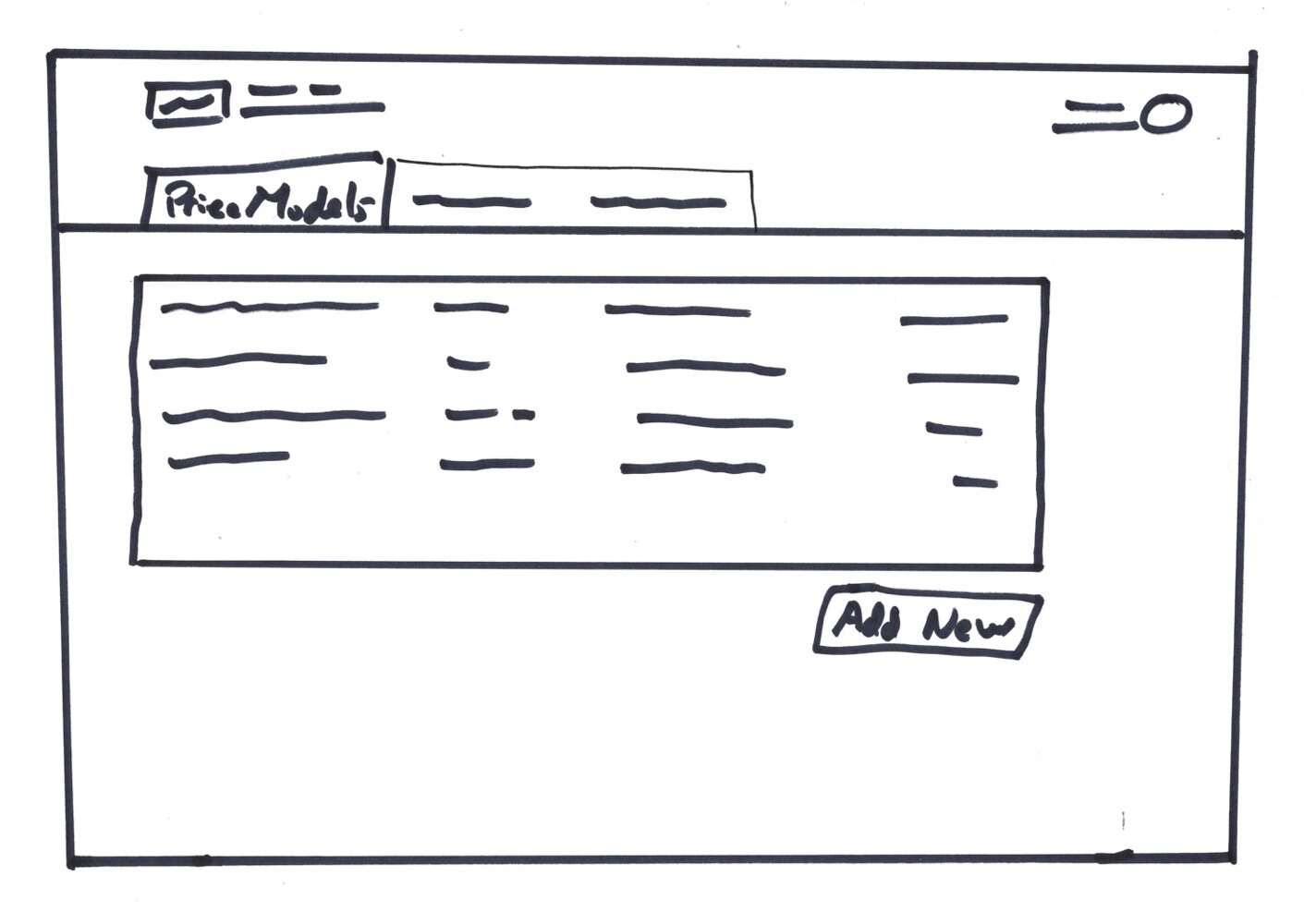
AgrarPay
rental platform design & business proposal development
Project Overview: Introduce a new line of business for agriculture equipment manufacturers to be able to rent out their machinery using IoT tracking and analysis
Large agriculture equipment, such as tractors and harvesters, is complex, specialized, and expensive. By renting equipment on a pay-by-use basis, it could be made more affordable and convenient for farmers as well as manufacturers.
In 4 weeks, Troy and I researched directly with farmers and manufacturers around the Munich area and created a business proposal and interactive prototype for the rental management system.
Team
Preston Boyden - designer - ideation, user research, UX, prototyping
Troy Ruemping - business consultant - business case development, project management
Design challenges
Machinery involved is extremely expensive, complex, and specialized
— how could we provide an easy-to-use service while maintaining necessary flexibility and specificity?
Low-tech consumer environment
— how could we provide them with the tools they need in a format they are comfortable with?
Highly variable pricing requirements
— how could we create intelligent pricing that would balance variable costs of use based on available machine data and lifetime depreciation?
Takeoff
Proof the idea
At the outset there was no clear mission or outline for the rental platform. The idea had come from an external workshop, and it was our job to figure out how it could feasibly provide value to all parties involved. Troy and I took to the Bavarian countryside and spoke with farmers, mechanics, and manufacturers to gather feedback on our idea.
Initial findings
In many of our conversations, we were initially met with skepticism and confusion, though once it was clear we weren’t trying to sell them anything (the joys of second-language communication), there was enthusiasm.
Farmers were interested in such a rental platform if it could a) save them money and b) guarantee availability of equipment when they need it. As it turns out, these machines are so rare and specialized that when they break down it often means days, if not a week or more, of downtime. Options for interim equipment are extremely limited.
Mapping out the experience
These insights, combined with the initial case information from the client team, provided a base for us to map out a simple process flow and journey map. We used these to help communicate our vision to the client team: getting everyone aligned and giving us a more clear vision of what functionality our prototype would include.


Build something, fail fast
Based off the agreed upon flow, I sketched out paper wireframes for the equipment owner’s point of view of the rental platform, centered around three major function areas:
Pricing models: It was important for our stakeholders to be able to easily add or adjust new and existing pricing models as their fleets expand
Active rental management: This is the major hub for sensor-tracked activity and fleet management, with views into the current status of all machinery and active rentals
Payment history and analytics: Allows tracking of customer accounts, ongoing performance, demand forecasting, and other analysis




Test it out
I then mocked up a clickable prototype using Sketch and InVision so that we could get a better feel for the platform and share the current vision with our stakeholders.
Here is the landing page, with short explanations of what you can expect to find within each of the platform’s three sections: active machines (rentals), payments, and pricing models.
These three views show details for existing machine types and their associated pricing models, with the functionality of adding new ones to the catalog. It was important for our stakeholders to be able to easily add or adjust new and existing pricing models as their fleet expands.
The Active Jobs overview displays all active rentals and current status, including IoT-gathered activity-tracking data and ongoing total earnings for each rental, as well as condition of the machinery.
The “ongoing sales in the past 24 hours” sum in the top right provides a quick operating view of current rental activity.
The Payments Overview dashboard showcases all relevant account information, month-to-month performance, and customer comparisons.
Where the Active Jobs page handles fleet management and day-to-day operations, this view allows for customer account management, demand forecasting, and analysis.
A sample receipt for a complete job, including calculation of charges and a satellite view of machinery usage. These include details that are too granular for the overview page, and a copy is sent to the customer at the conclusion of each rental.
Outcome
After our 4-week sprint, the client team presented our business case and prototype to their board of directors. Despite the short timeline, I enjoyed exploring uncharted territory and the freedom of working as a team of two. As a next step, I would have looked forward to exploring the various pricing models and their calculation, in order to better understand our areas of value - both to the farmer and the equipment owner - before continuing iteration on the prototype flow.








